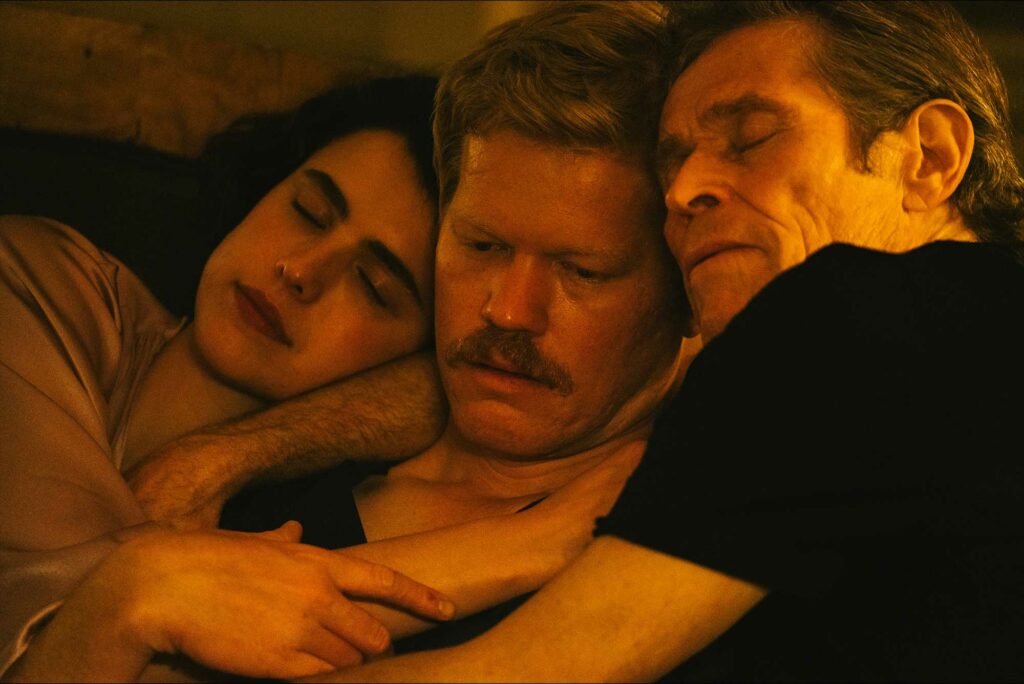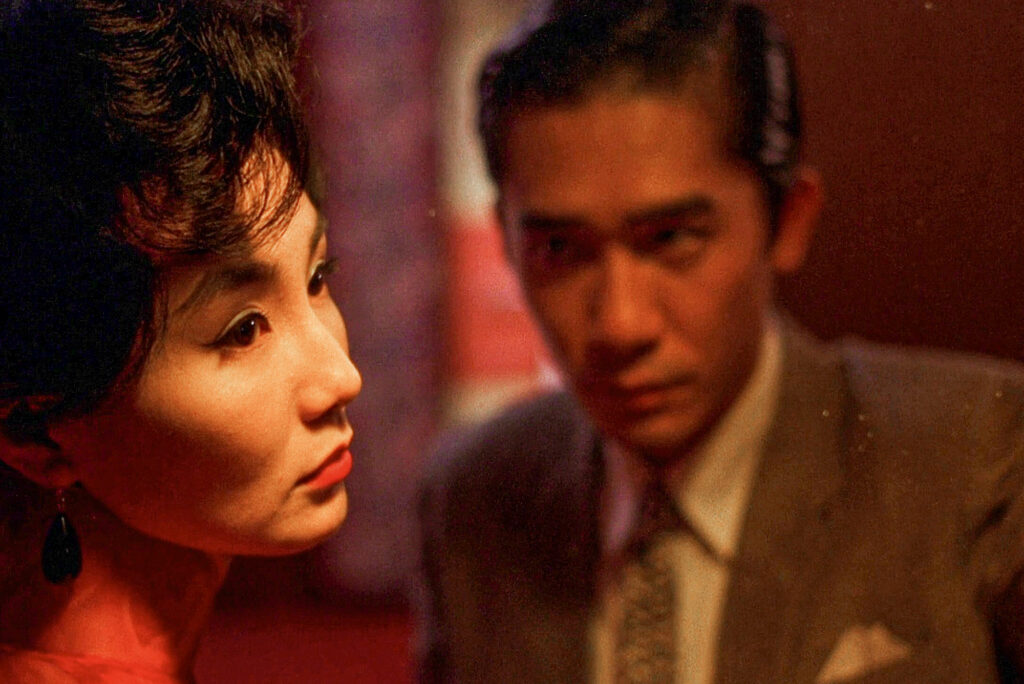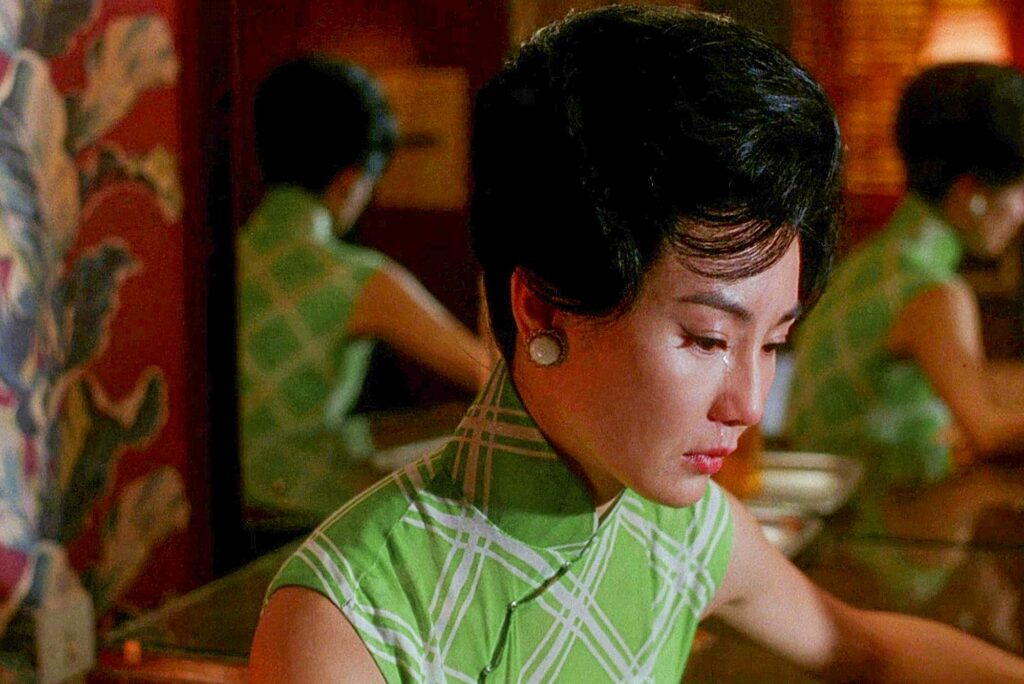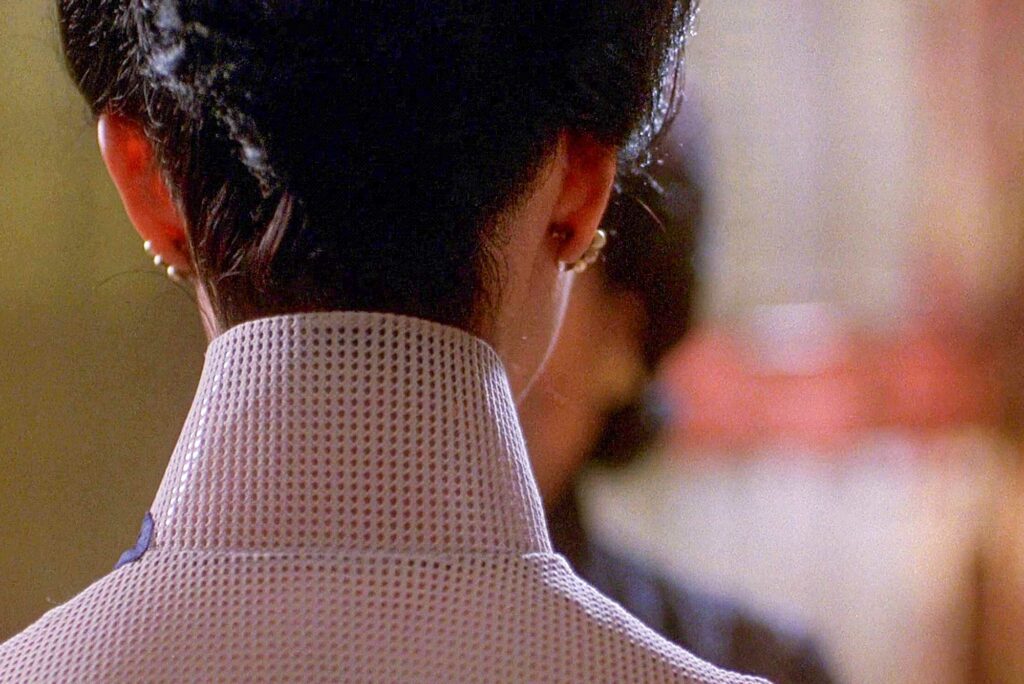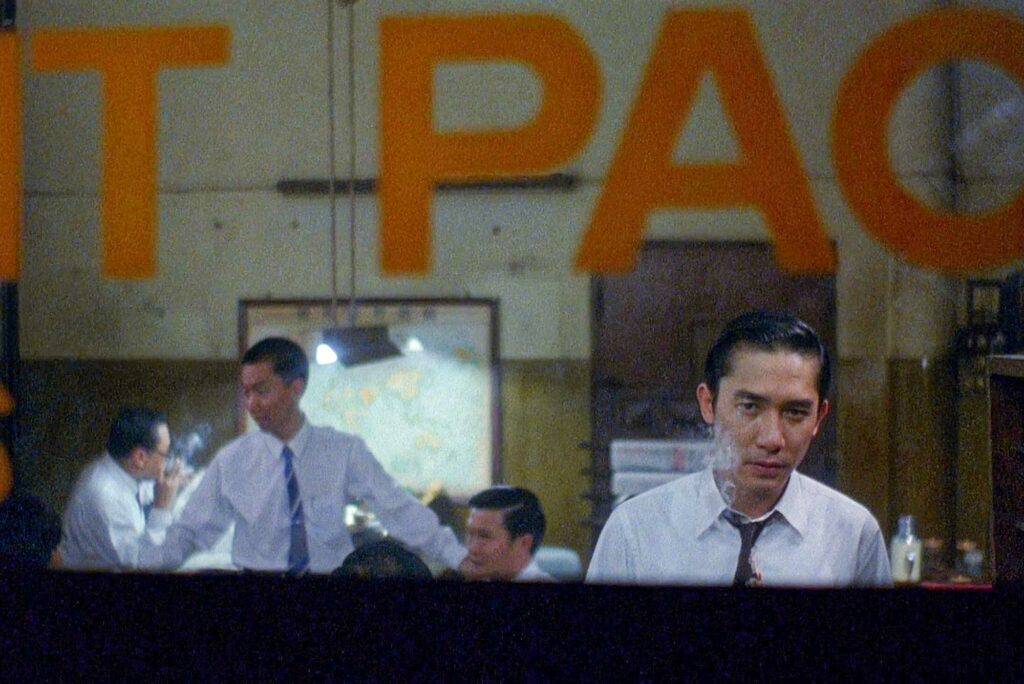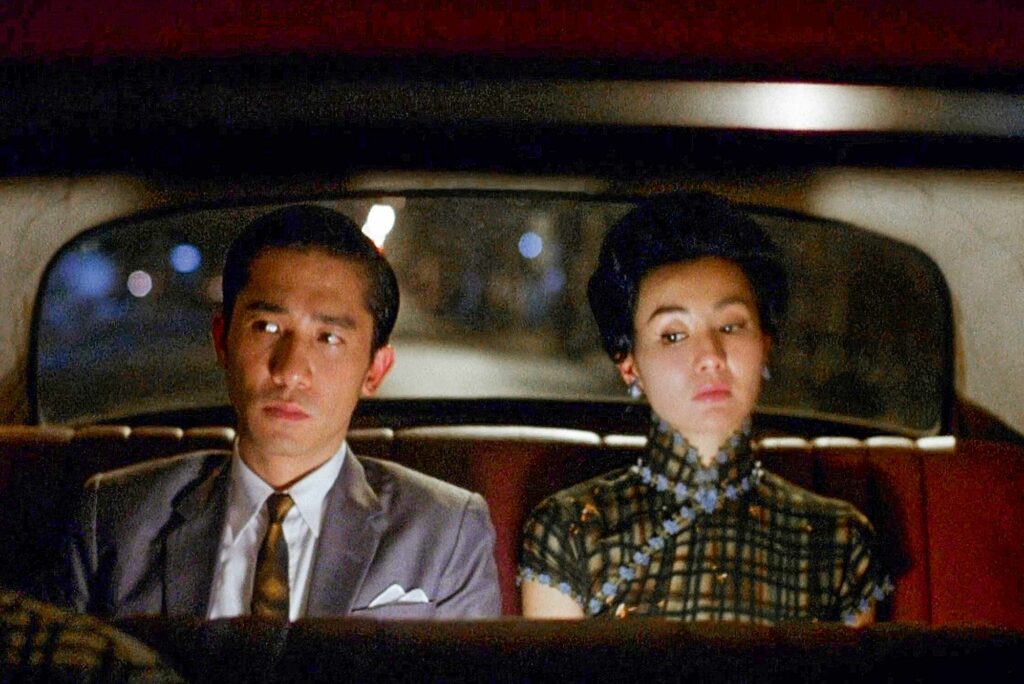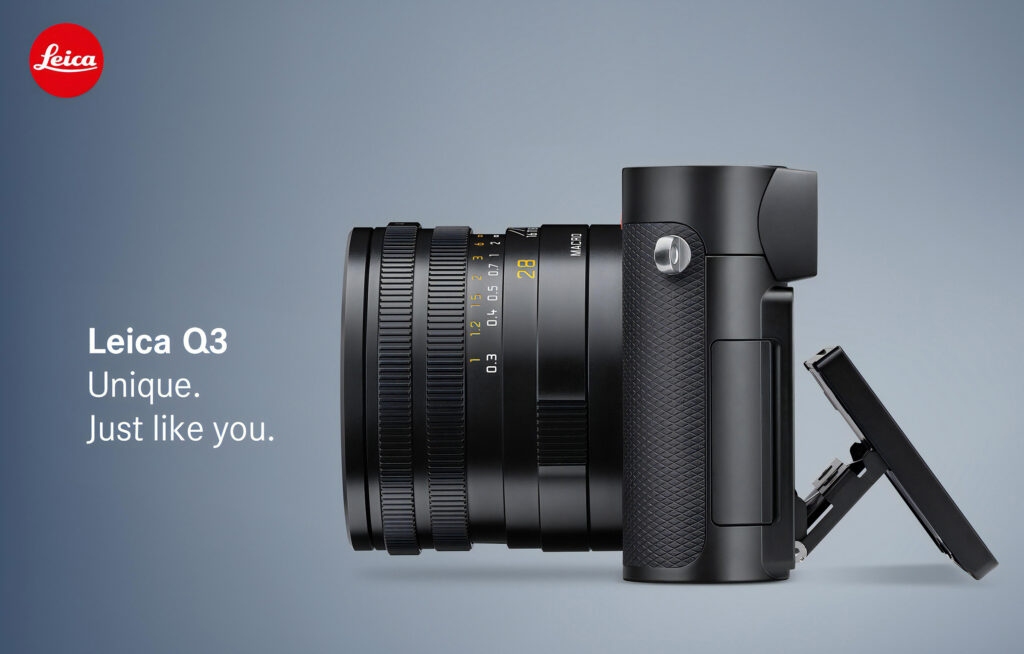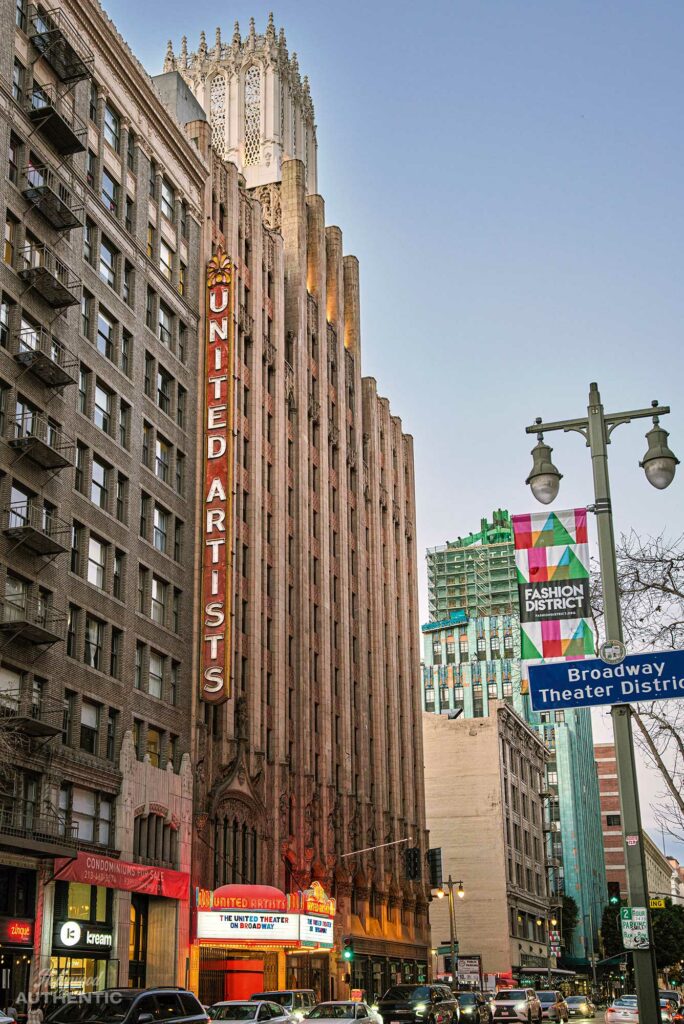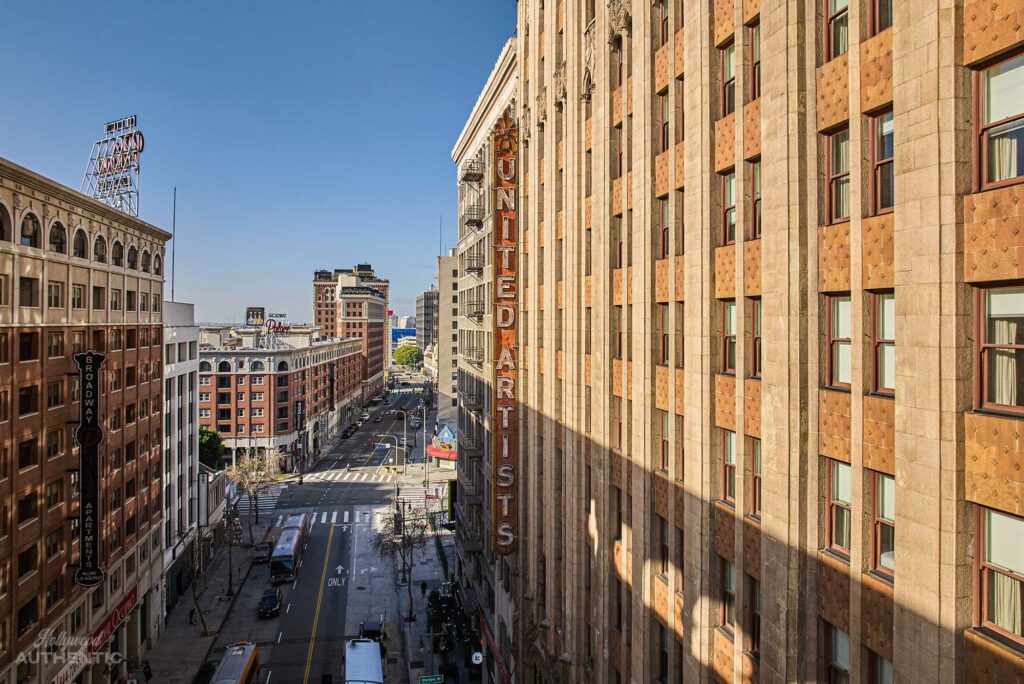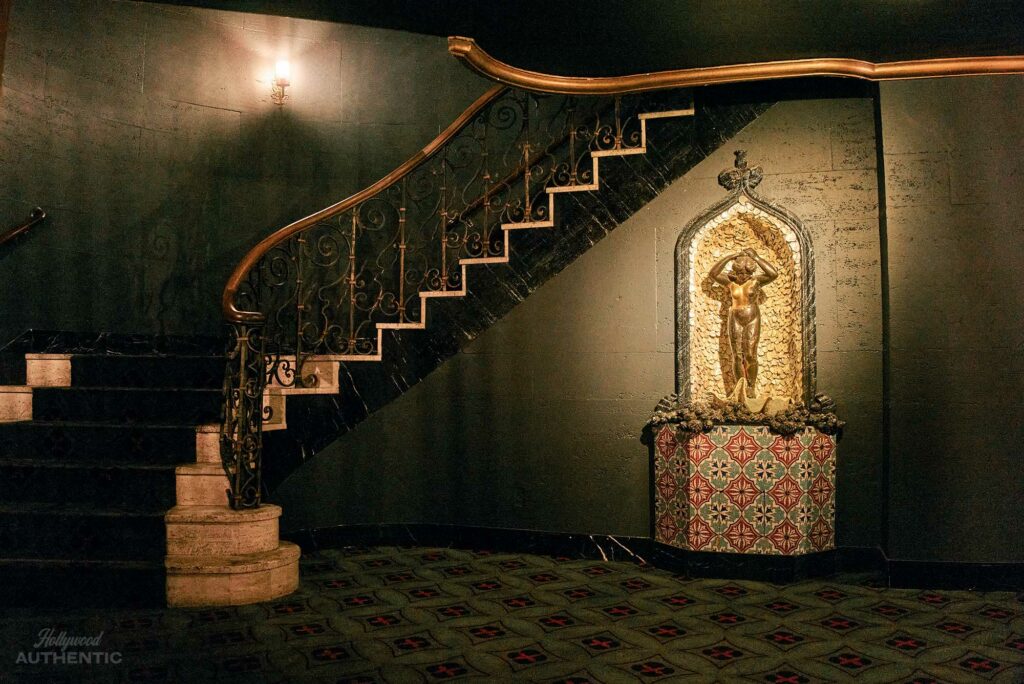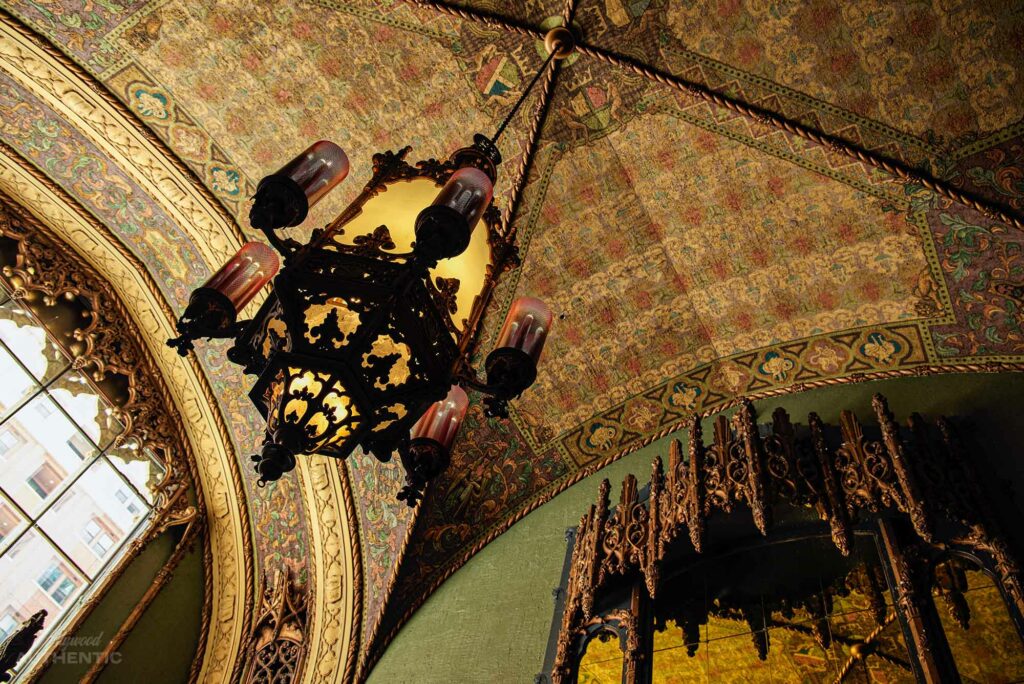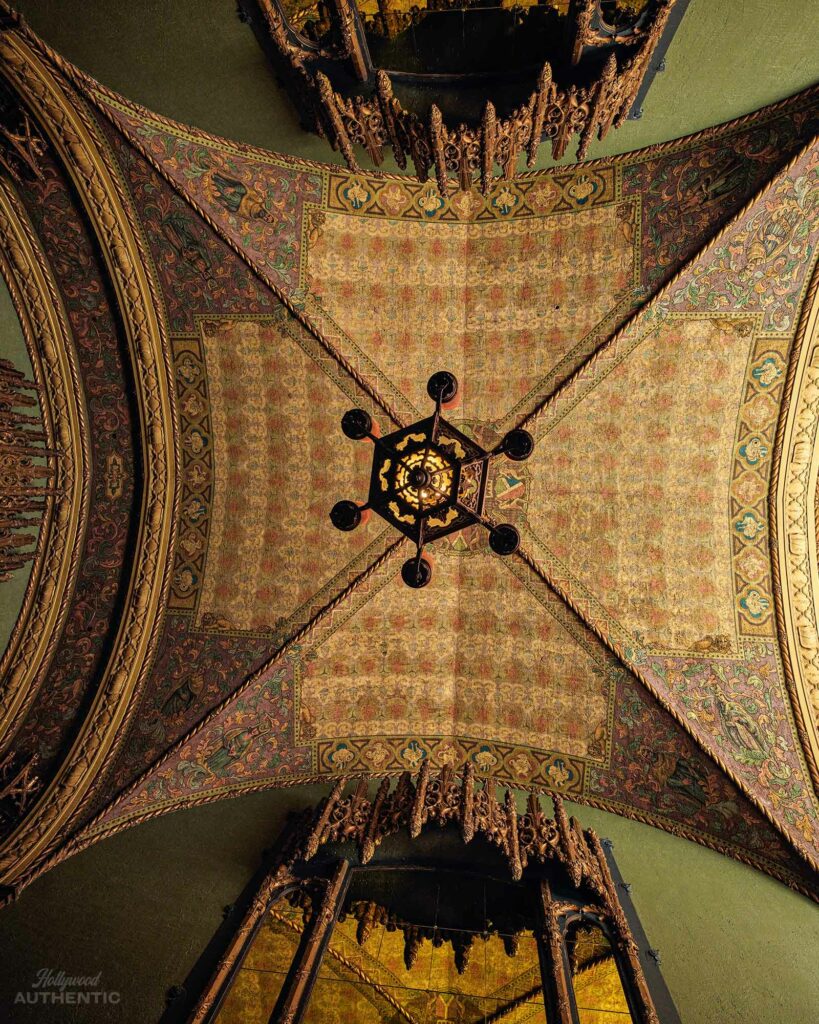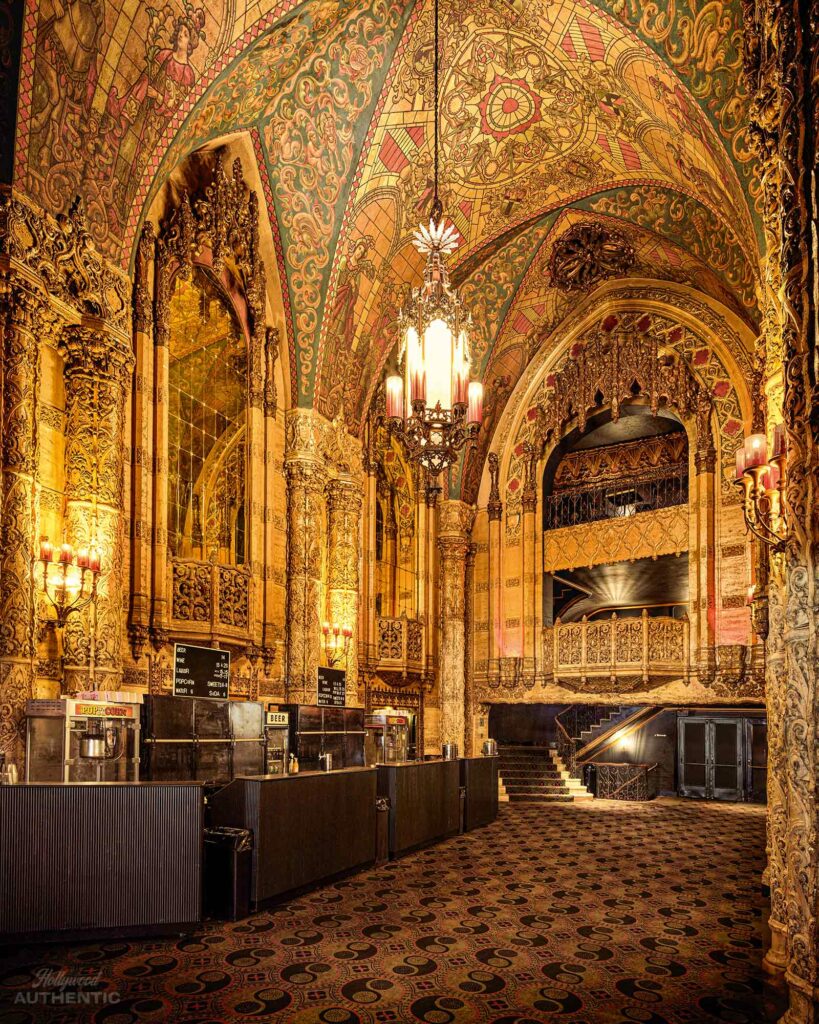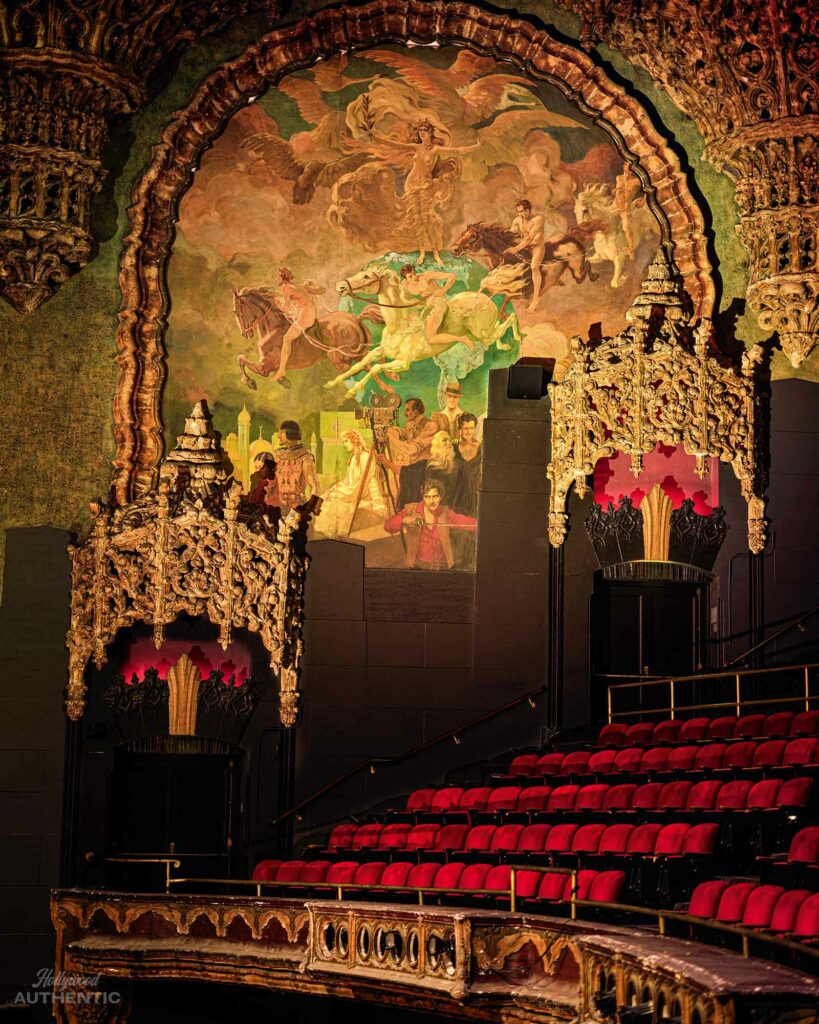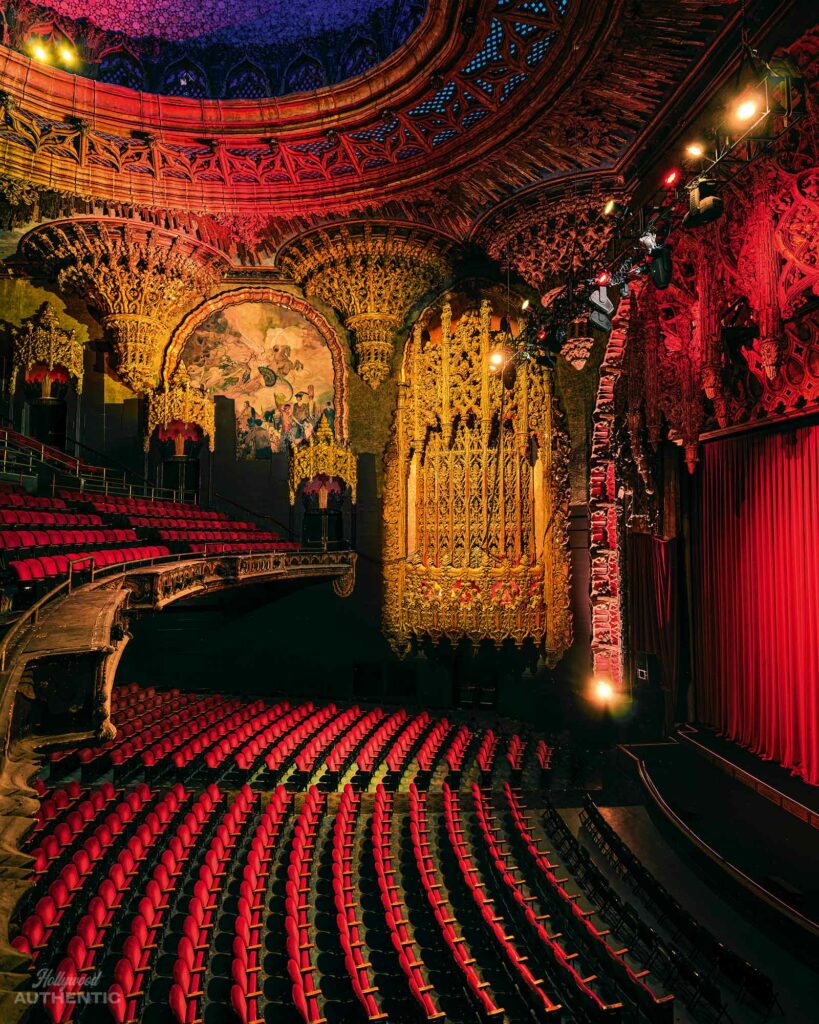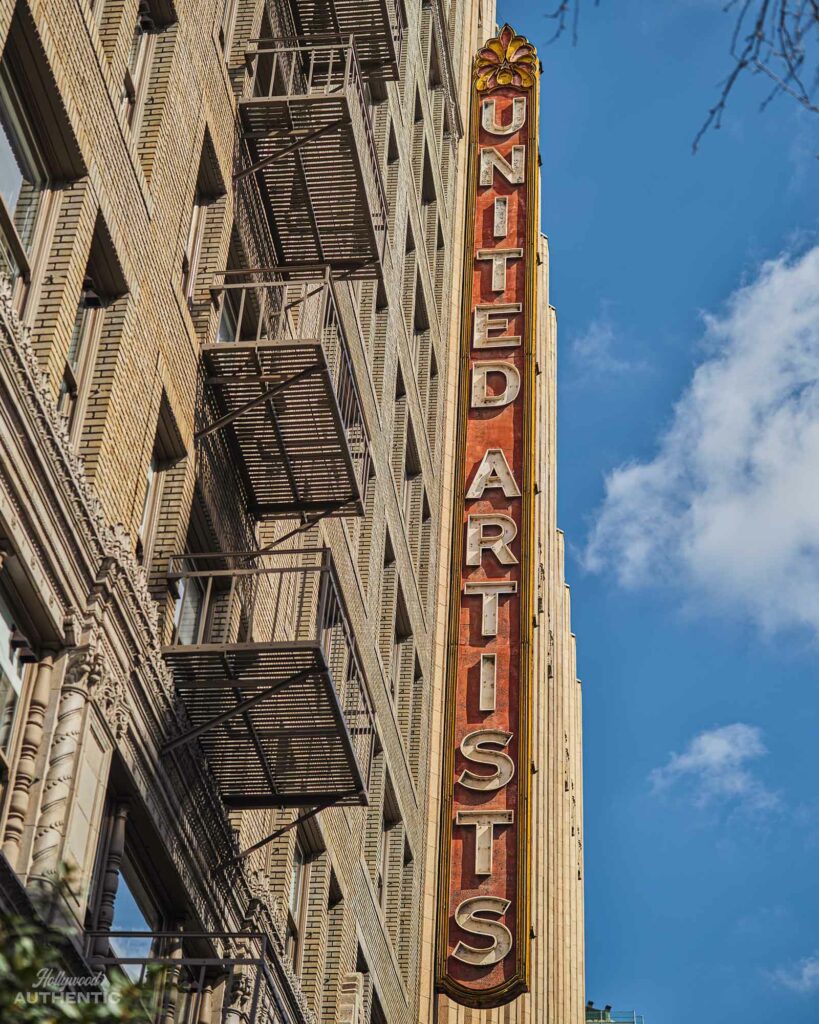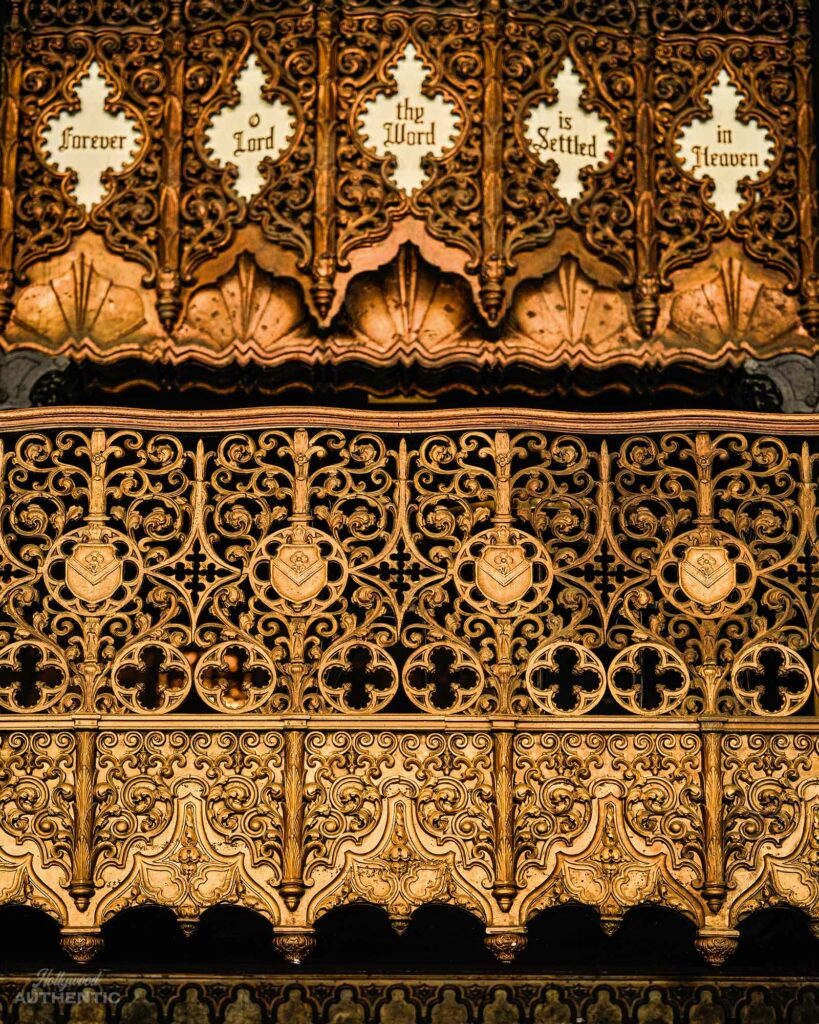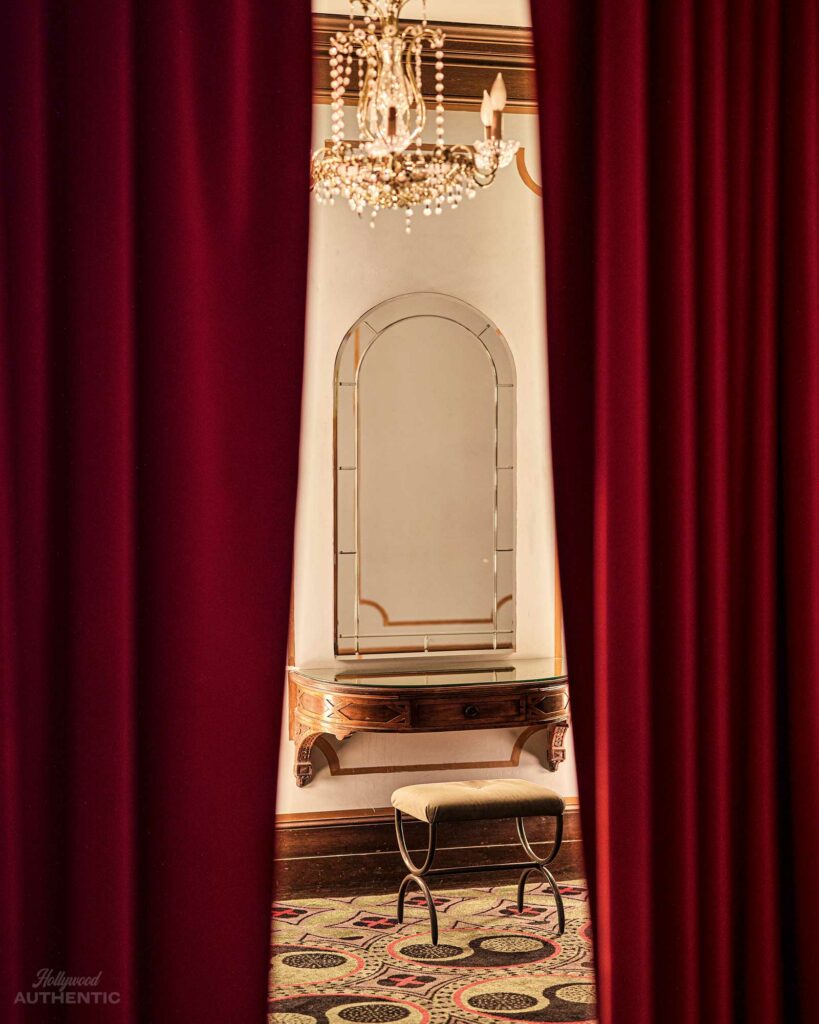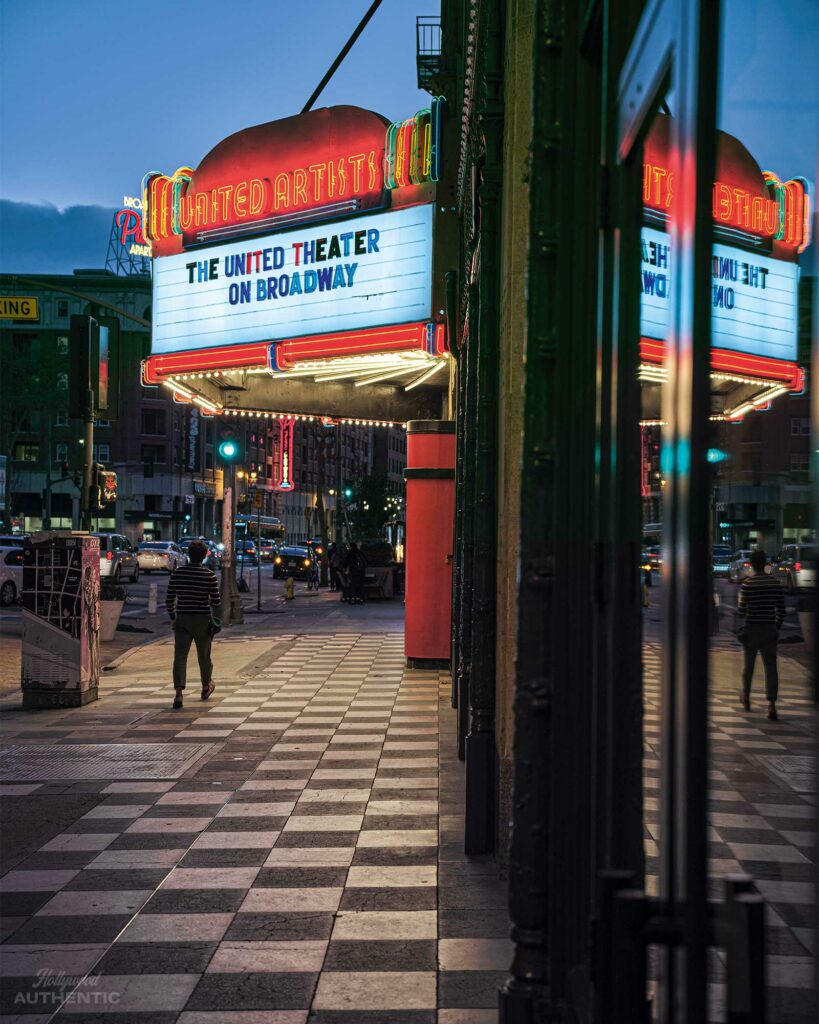Words by JANE CROWTHER
Megalon is a futurist building material developed by an architectural planning czar, Cesar (Adam Driver), in New Rome – New York with toga-esque clothes and a bacchanalian social scene – where a fight for power and ideology kicks off as Cesar defies the laws of physics and stops time, drops his ambitious gold-digging mistress, Wow (Audrey Plaza), for Mayor Cicero’s ‘wild’ daughter (Nathalie Emmanuel) and clashes with a political father/son opponents Crassus (Jon Voight) and Clodio (Shia LaBeouf). Throw into the mix psychedelic visuals, lush costumes, musical numbers, a theatrical tone and philosophical musings on Marcus Aurelius tracts, string theory and whether art freezes time… and Francis Ford Coppola’s self-funded passion project is certainly a big cinematic swing. In the Cannes screening, an actor walked in front of the stage mid–film to interact directly with Driver onscreen in a moment of multi-media bravado that begs the question of if it will be repeated at showings globally. For anyone complaining of algorithm-defined and IP-reliant entertainment, this is a major creative flex by one of cinema’s defining auteurs – refusing to bend to market positioning or easy interpretation.
By the same token, Megalopolis has the potential to bemuse and confound. The narrative is labyrinthine, the dialogue rich and the tone straddling a line of high camp (LaBeouf, Plaza and Voight having got that memo) and earnest pomp that prompted titters. Cesar’s trajectory could be a trippy study of Robert Moses’ controversial planning of New York or a nod to Caligula, a fever dream, a comment on our cyclical mistakes as a human society, a deeply personal reflection on the creator’s own relationship with art – or indeed, all of these. Coppola offers no easy answers. What he does offer is LaBeouf with resplendent mullet and crackling energy, Plaza in fabulous vamp mode and some CGI dream-like visuals that pop on an IMAX screen. This is certainly not a The Godfather retread.
Expensive folly or artistic shot across the bows of cookie cutter, factory movies? An experience to be loved or loathed (there’s certainly no middle ground)? Whatever it is, Megalopolis shows a storied director at the height of his powers operating without a safety net.
Francis Ford Coppola’s Megalopolis starring Adam Driver, Nathalie Emmanel, Shia LaBeouf, Aubrey Plaza and Jon Voight is out in cinemas now



